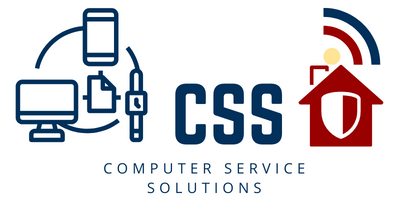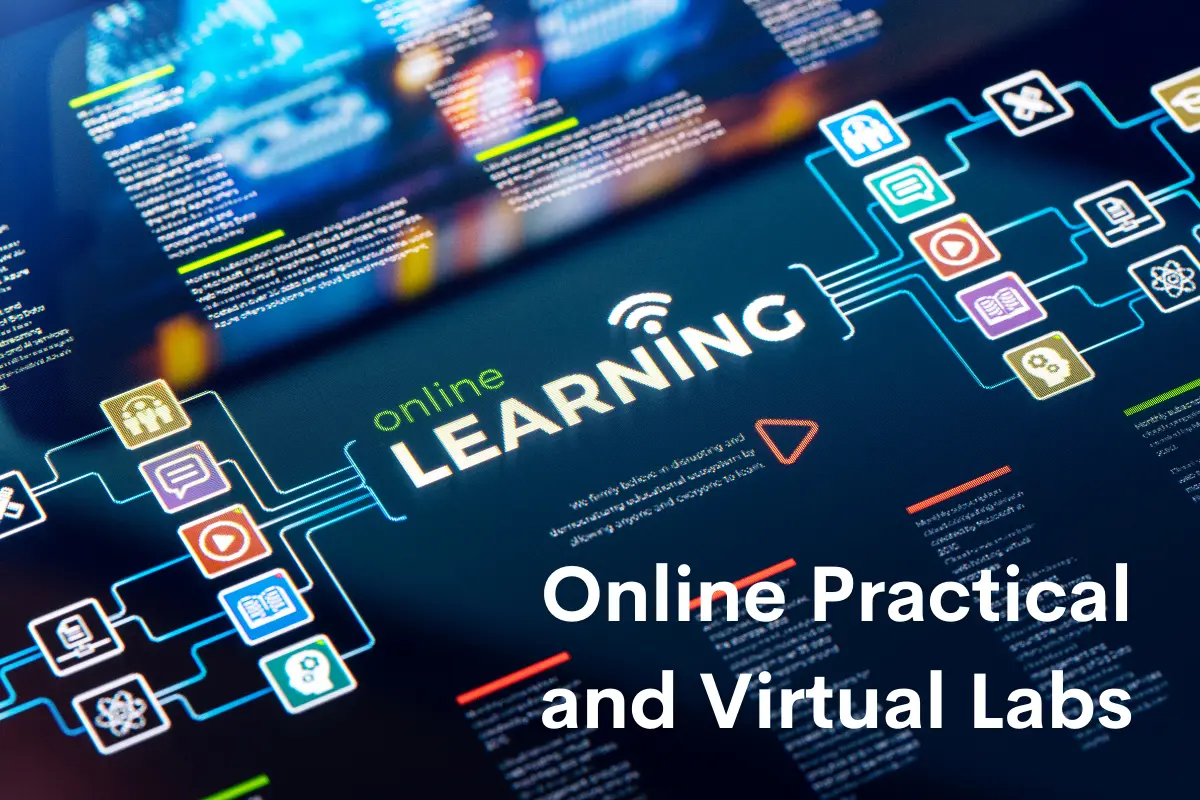How can schools and universities conduct practicals online?
The idea of online education during a pandemic already changed the Indian education system, but what really can make online education more significant? Can we be confident enough about what we are offering online makes a student capable of managing real-life problems?
To answer this question let us first know about the approaches followed in the Indian education system to teach to students digitally.
- Teaching & Lectures
Indian Government school teachers, private school teachers and college professors, were using WhatsApp, voice calls, Zoom and Google Meet for taking classes during the pandemic for Online classes.
- Assignments & Assessments
To give assignments, teachers now give a set of questions in writing to which students have to give answers on paper and then click the photos of all the written answers. The students make a pdf from those photos and then submit their assignments
For assessments, Mostly MCQ-based questions were and those MCQ based exams were held using GoogleForms and Teams while brief answer questions-based assessments were conducted in the same way as assignments but with some level of difficulty.
- Study Material and Notes
All the study material and notes were provided as pdf shared through WhatsApp or Drive
Learning Management System
Companies are coming with a digital environment that enable all the features mentioed above at one place with some extra features like discussion forum and Chat Support, the environment is called as a Learning management system. LMS tracks the progress of all the students registered and give insights in a very comprehensive manner if developed using best practices. This makes it a game changer. Schools, colleges and even corporates are now adapting the LMS and deploying them for their students, teachers, employees and trainers.
Google Classroom is one of the most common example for the same.
What about online practicals?
With technology, almost everything can be managed like assessment through proctored assessments, notes, and study material through pdf, lectures through live classes but what about practicals?
Solution
We can conduct practicals through Gamification of Practical laboratories in a simulation environment
Why Gamification
Gamification enables user participation, engagement and learning with interest. These types of activities where the student is trying to overcome challenges in learning.
Why through Unity?
Since unity supports all types of the application environment and can export the application in any format. It enables the application to be platform-independent.
How can we do so?
Requirements:
- Unity Developers
- Graphic designers
- Story conceptualization
- Integration on LMS
Gamification can be implemented through unity.
- The academic content team of the organization needs to prepare a storyline for each virtual lab let’s say for science (Physics, chemistry, biology). The storyline must have all the concepts covered in a journey of checkpoints
- That story will have all the practicals as challenges to win the game
- The content team must mention each and every detail about the storyline, objects, situations, and environment.
- The development team need to hire an Unity assets designer and that can work on the storyline and make assets based graphics out of it
- The developers then can code it to make it moving, working as a game.
- Each and every click and collision can be reported in unity using codes, so the developers need to record all these and make scoring and progress metrics out of it.
- In labs (application) it can come in as progress scores and reports/
- It will then have to be integrated with LMS using APIs that take these data reports and add it to the progress and engagement trackers
Examples
- Engineering Lab simulation https://youtu.be/JMxNoGKW2O0
- Physics Lab Simulation: https://youtu.be/jQCk_Sj1jZI
- Chemistry Lab: https://youtu.be/V2ss5Zn8Qn0

